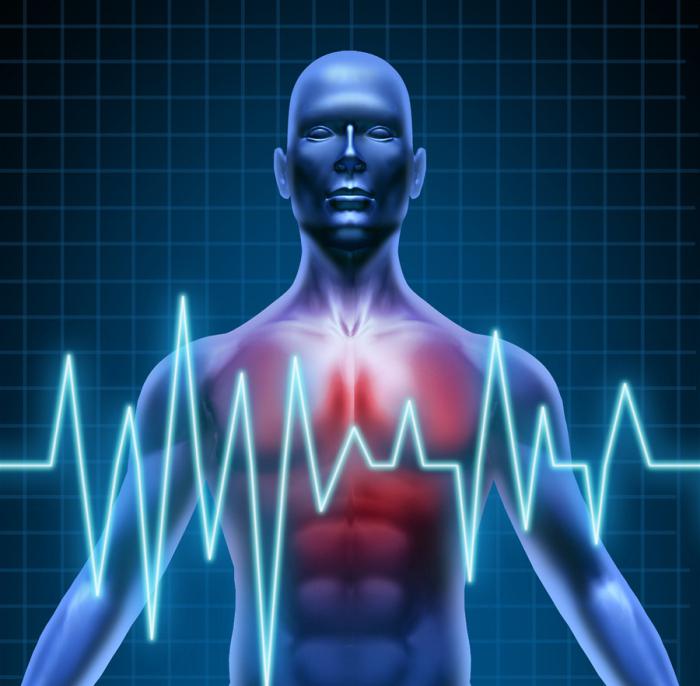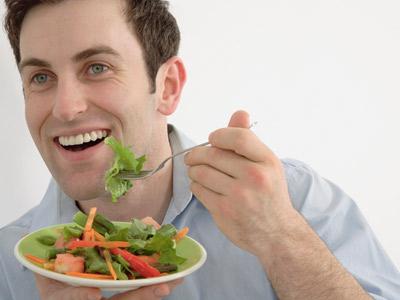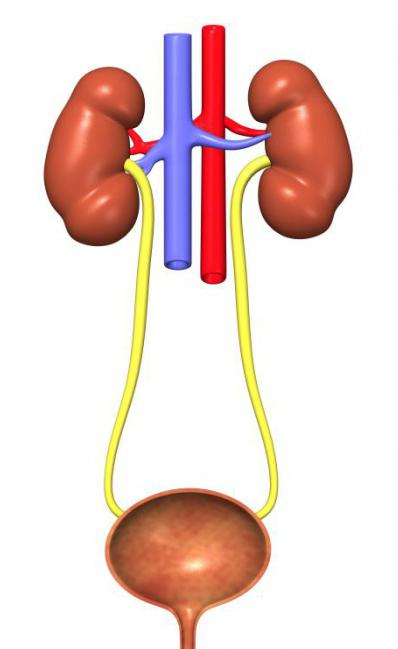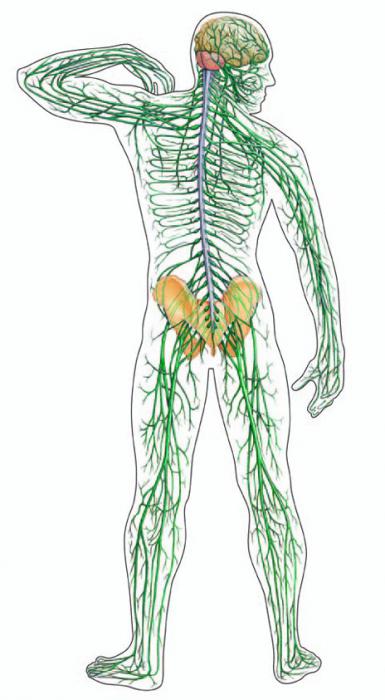Human organ systems. Organs and organ systems
The human body is a unique, complex structure in which all processes proceed only thanks to the coordinated joint work of each cell that makes up the tissues of each organ of our body. But one structure cannot perform all the necessary functions for the life of our body, so all parts of the body that perform similar functions are combined into systems.
Thus, an organ system is a collection of entities that are similar in structure, function and development. There are 5 such associations, each of which performs its specific and important role in the existence of the whole organism. What are the human organ systems?
Respiratory tract
It plays an important role in the activity of the body, as it ensures the delivery of oxygen from the inhaled air into the blood, and the release of carbon dioxide. Thus, each cell receives the portion of oxygen necessary for life and gets rid of substances it does not need. But before air enters the lungs, it passes through the respiratory tract, namely: the nasal cavity and pharynx are the upper respiratory tract; larynx, trachea and bronchi, which form the lower part of the respiratory system.
The walls of the pathways consist of bone and cartilage tissues, thanks to which they do not collapse, and air enters the body without any obstacles when inhaled. Also, entering the lungs, the air must be cleaned of dust, warmed and moistened, which is the merit of the mucous membrane, in particular covering the nasal cavity. In the upper third of the nasopharynx there is an olfactory organ, with the help of which the respiratory system also performs an olfactory function.
In addition, one of the extremely important functions carried out with the help of breathing and allowing people to communicate with each other and express their emotions is speech. It is impossible to imagine normal life if there were no respiratory system of human organs.
The cardiovascular system
It is based on the central organ - the heart - with closed tubes connected to it, called blood vessels. The heart is a hollow muscular organ whose main function is pumping. With its rhythmic contractions, it pushes the entire mass of blood in its chambers into the vascular bed. Vessels form small and large circles of blood circulation. All these structures together form the organs of the circulatory system.

The vascular network is a system of tubes that contain a circulating fluid and deliver the necessary nutrients to the cells and tissues of the body, as well as remove waste products and transport them to the excretory system, namely to the excretory organs, kidneys, and skin. Arteries are located throughout the human body, even in the bones, which allows you to maintain all the necessary conditions for existence.
The blood vessels that lead from the heart and carry arterial, oxygenated blood to it are called arteries. And those that perform the opposite function, that is, carry blood containing waste products of vital activity to the heart from the organs that are unnecessary to the cells, are called veins. All of them vary in caliber: from larger to very small. In the pulmonary circulation, arteries and veins perform opposite functions.
human digestive system
The alimentary canal has certain sections: the oral cavity, pharynx, esophagus, stomach, small and large intestine. The length of this complex is 8-10 m.
The pharynx is part of the digestive tube and respiratory tract and is intermediate between the nasal and oral cavity on the one hand and the esophagus and larynx on the other.
The esophagus is a long narrow tube located between the pharynx and the stomach, the main function of which is to move food to the underlying sections. Its length is 23-25 cm.
The stomach looks like a bag-like extension of the digestive tract. Here food accumulates and the first stages of digestion take place, as a result of which the solid parts of the food become liquid or mushy.

The small intestine forms many loop-like bends and passes into the large intestine. Its length is 6.5-7 m. Mechanical and chemical processing of food (when exposed to an alkaline environment) and absorption of nutrients are carried out here.
The large intestine is the last section of the digestive system that ends at the anus. The length is 1-1.5 m.
The human digestive system is responsible for obtaining the necessary nutrients, processing them and removing waste products of metabolism.
genitourinary system
The organs of this system are connected with each other in their development, and their excretory ducts are connected into one large urogenital tube, which is the urethra in men, or they open in one common space - the vestibule of the vagina in women, therefore they combine the urinary and genital organs. .
The urinary organs include the kidneys, which form urine, and the ureters, bladder, and urethra, which are involved in the accumulation and excretion of urine.

The reproductive organs are divided into male and female. Males include testicles, vas deferens with seminal vesicles, prostate gland, bulbourethral glands, and penis. The females include the ovaries, fallopian tubes, uterus, and vagina. These organs are located in the small pelvis, and they are called internal, and the large and small labia, clitoris, hymen belong to the group of the outer part of the reproductive system.
Nervous system
As for this system of human organs, it is the most complex structure of the human body. It can be divided into central and peripheral.
The central nervous system includes the brain and spinal cord, and the various roots and nerves extending from them, together with the receptor apparatus, form its peripheral part.

The central nervous system is responsible for processing the impulses coming from the peripheral nerves, simultaneously forming response signals that lead to the implementation of some action, awareness of thought, etc. It is a more complex and perfect system compared to the peripheral one.
The peripheral nervous system performs mainly a conductive function. With its help, irritation is perceived, formed. The central nervous system is responsible for the perception of transmitted impulses and the response to them.
In addition, the nervous system can be divided into somatic and autonomic. The first is subject to human consciousness and is responsible for conscious movements.
The autonomic nervous system is located in the walls of blood vessels and organs and is controlled mainly by various metabolites and substances.
Musculoskeletal system
It includes the musculature, which is the active part of the apparatus, the skeleton and its compounds, which form the passive part of the musculoskeletal system.
All muscles are divided into visceral and somatic. Musculature, which is part of the internal organs and mostly consisting of smooth muscles, is called visceral or involuntary. Somatic, or voluntary, consists mainly of striated fibers that are located in the walls of the body cavities and form the bulk of the muscle mass of the limbs. With the help of transverse muscle fibers, movements are carried out, manifested in the movement of the whole body in space.
The skeleton is a collection of dense formations that have a predominantly mechanical significance. The skeleton consists of individual bones interconnected by connective, cartilaginous and bone tissue. The main functions of the skeleton are protection, support and movement.
The protective function is carried out by the formation of a special canal from the bones, for example, a vertebral canal that protects the spinal cord, a skull - a helmet-shaped formation that protects the brain, a chest that delimits vital organs, and a pelvis that protects the organs of excretion and reproduction.
The support function is achieved by attaching soft tissues and organs to various parts of the skeleton. Without this system of human organs, it would be impossible to walk upright and maintain the position of the body in space.
The motor function is carried out due to the muscles that set in motion the bones connected by movable joints. Due to the variety of joints, it is possible to perform complex and combined actions.







